Perri Cutten: A Timeless Legacy in Fashion
Remembering Perri Cutten: A trailblazing Australian fashion designer whose timeless elegance and...
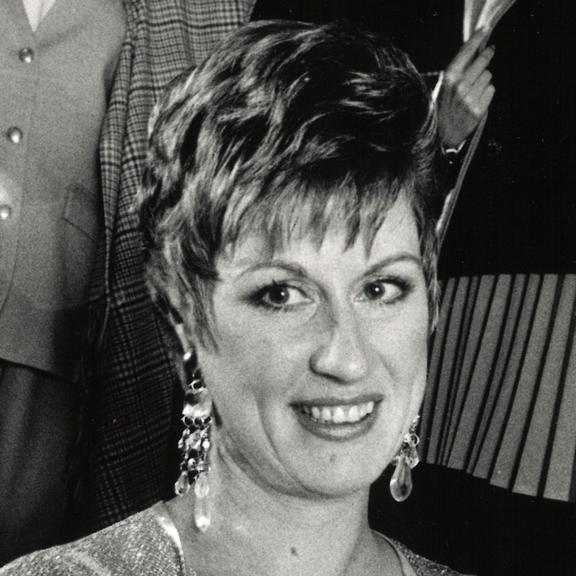
 Search...
Search...
Ruby Payne Scott was one of the first radio astronomers in the world. An extremely gifted physicist, mathematician and engineer she was a trailblazer for working women in Australia during the 1940s.
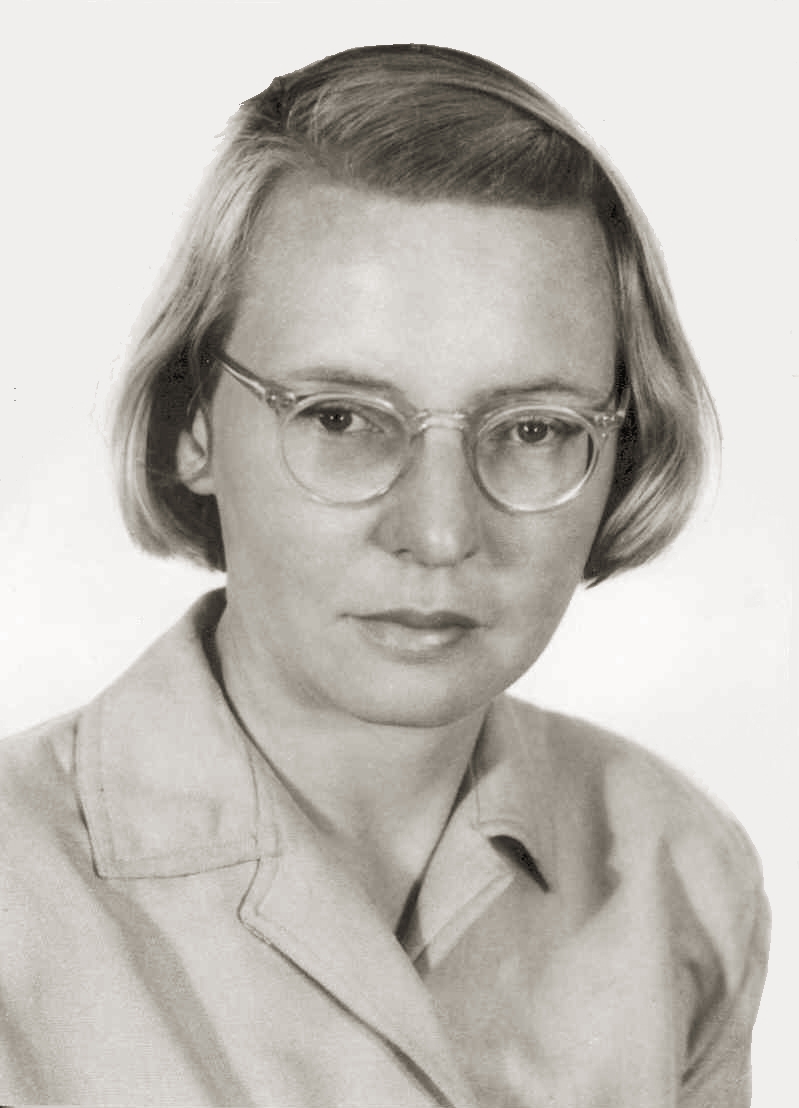
Ruby Payne-Scott was born on 28th May, 1912 in Grafton, New South Wales. Wise beyond her years, she moved to Sydney in the early 1920s to attend primary and secondary school. Graduating in 1928 with very impressive grades, she earned herself two scholarships to the University of Sydney. At only 16 years of age, she began her studies at Sydney University and graduated in 1933 with First-Class Honours in both physics and mathematics.

Payne-Scott completed her Masters three years later with a thesis published with essentially no changes: "The Wavelength Distribution of the Scattered Radiation in a Medium Traversed by a Beam of X or Gamma Rays". She spent her masters working as a physicist at the Cancer Research Institute from 1936 to 1938, but was forced to find another job following the cancer research project closing down. Being only the third woman to have ever graduated in physics, there weren't many job prospects for a female physicist at the time, and decades afterwards for that matter. She then earned a Diploma of Education in 1938 and taught at a Girls Grammar School in Adelaide, South Australia.
"As Dr Claire Hooker commented on the ABC Science Show in 14 Feb 2004:
At that point in her life, Ruby may well have been the story of many other brilliant women of her era. She may have disappeared into teaching and we may not have heard anything of her again. But I guess she loved physics and was looking for a way back in and she applied to Australian Wireless Amalgamated (AWA), an enormous company in those days that ran all the wireless services in Australia and it was the major hirer of physicists at that time.
Ruby was the very first woman they hired in a research capacity. Before Ruby, they had been very wary of hiring women even as typists and as cleaners. Ruby they hired as a librarian but she quickly turned the word librarian into a whole lot more. She started editing their journal, she started to get involved in doing some of the research work in their standards laboratory and pretty soon her full-time 'librarian job' was a full-time physicists research job."
If there was anything good to come of WWII in 1939, it was that it created more career opportunities for women science graduates. In 1941, Payne-Scott found a job as a research scientist at the newly established (1939) CSIR Division of Radiophysics (predecessor of the CSIRO). She had a remarkable career as a radio and solar astronomer during the war and contributed significantly to radar engineering in Australia.
"Well, she's a bit loud and we don't think she's quite what we want and she may be a bit unstable, but we'll let her continue and see how she works out." Taffy Bowen, head of the Division
During this time a very significant event happened which would gravely impact her career. The Australian public service, who at the time expected women to resign from work if they were to marry, saw Payne-Scott marry Bill Hall in secret in 1944 with her immediate superior Joseph Pawsey aiding the cover up.
Following the war, Payne-Scott made a number of discoveries and inventions that paved the way for advancements in astronomy
In 1944, Pawsey appointed Payne-Scott head of science of the research team. Here she and Pawsey carried out an initial radio astronomy experiment, then called solar noise research, from the grounds of Sydney University. Later in 1945 to 1947 she discovered three of the five categories of 'solar bursts' (confirming the Sun gives off radio noise in bursts of several different sorts) and made several other significant contributions to radio astronomy.
A lifelong advocate for women's rights and equality in the workplace, Payne-Scott like all women during the 1940s, had to deal with unequal pay, discrimination and trivial restrictions. For example, men could smoke but women could not. To demonstrate how absurd and completely unfair it all was, Payne-Scott allegedly walked into an interview with a smoke in her mouth. Another was the dress code, women, unlike men, weren't permitted to wear shorts, only skirts. Payne-Scott's thoughts on the matter:
"Well, this is absurd. We're climbing up on ladders, up on aerials every day. I'm not going up on a ladder with a skirt on. The shorts are much better attire for us."
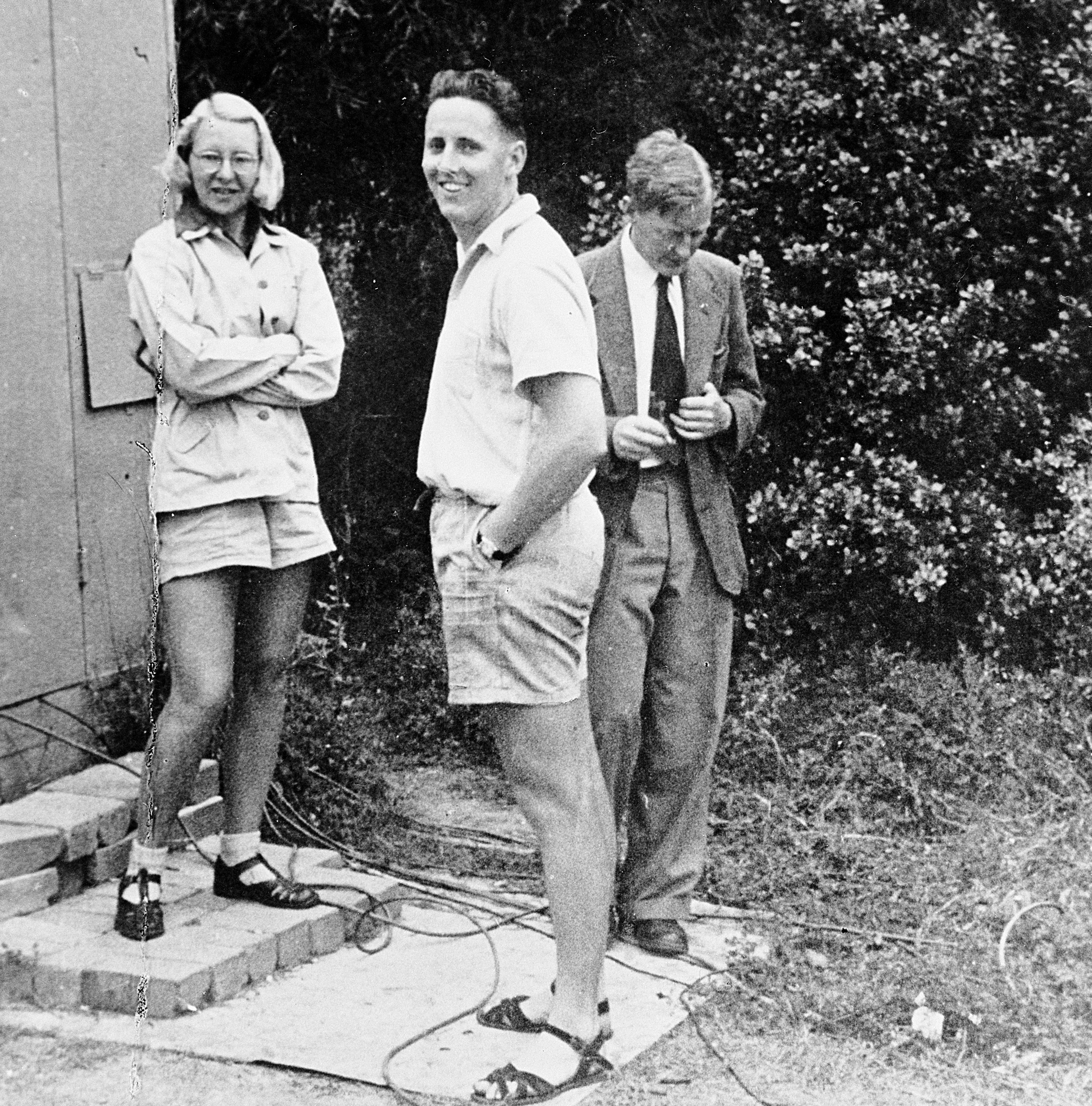
In 1949 another conflict rose regarding the issue of equal pay following the war. During the war, women scientists were paid equally, instead of the previous 75 per cent rate, however on 6 June 1949 these regulations were declared no longer. The CSIRO agreed to temporarily pay the same wages to women who were hired prior to 6 June 1949 on the proviso they continued work in the same Division on the same work. Payne-Scott on her best advice urged women to stay put until the situation was better defined.
The biggest conflict of all however was the admin department's discovery that Payne-Scott was in fact married. She was swiftly demoted to a temporary position and stripped of her superannuation fund. Frustrated beyond belief, she had a written exchange with the CSIRO chairman regarding the matter saying:
"All the married women research officers I have met feel that their classification as 'temporary' puts them at a considerable psychological disadvantage in their work."
Fortunate enough to maintain a respectable salary, however because maternity leave did not exist back then, she was forced to retire after the birth of her first child in 1951.
Which very sadly meant one of Australia's most influential and groundbreaking astronomers of all time came to an abrupt and impertinent end.
In 1952 Payne-Scott attended the International Union of Radio Science (URSI) in Sydney. Considering her pedigree and volume of work the industry felt it was important that she met with the international community, and for them to meet her.
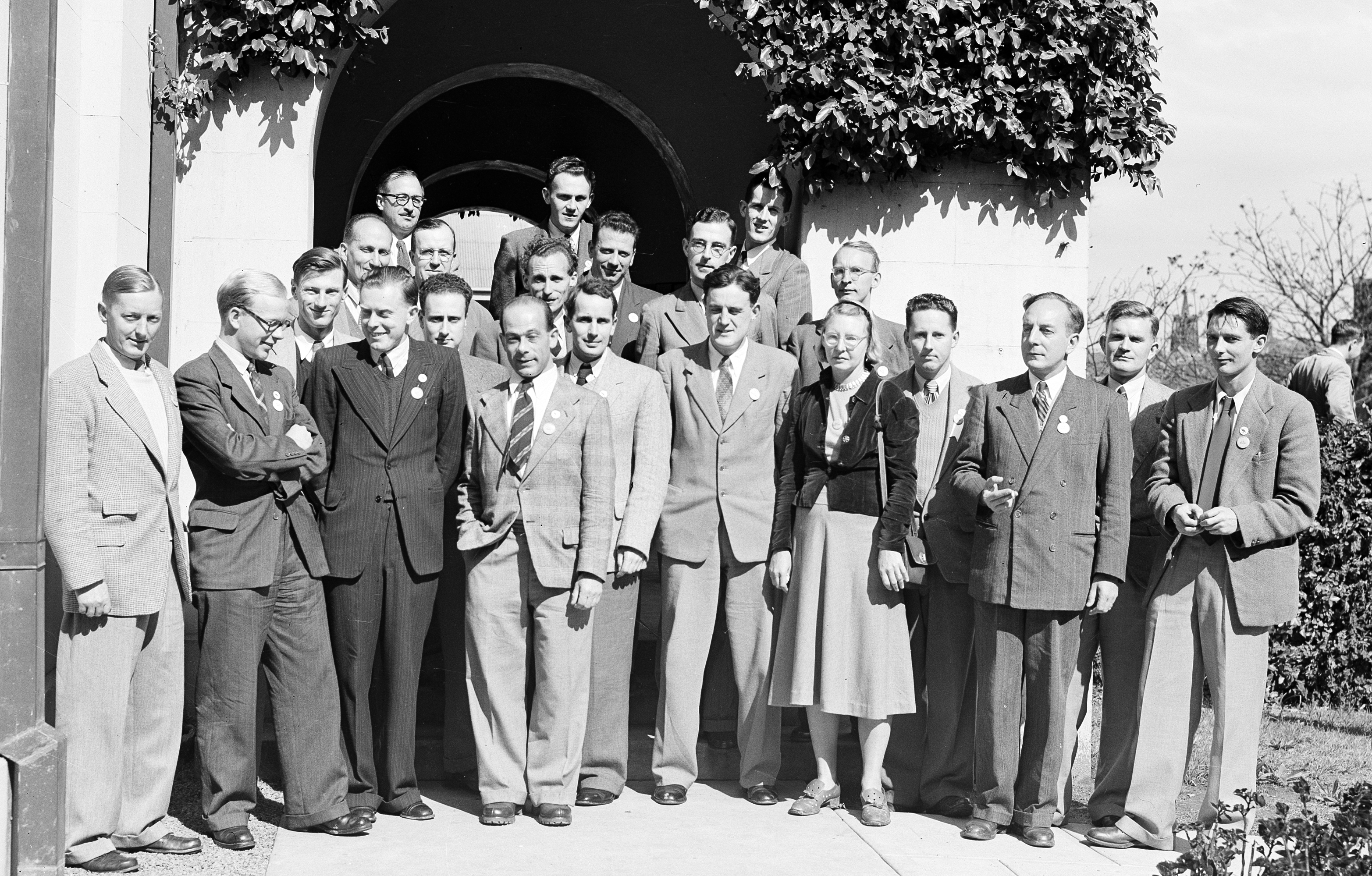
It's interesting to note that Ruby Payne-Scott whose scopes of work could have really (and should have) earned her a Nobel Prize, in fact never earned a PhD. Though, it wasn't until 1948, well into her career that the first PhD was in fact first awarded in Australia.
Payne-Scott returned to teaching in 1963 in southern Sydney where she taught for approximately 10 years.
Ruby Payne-Scott suffered from Alzheimer's disease in her later years and passed away on 25 May 1981, three days shy of her 69th birthday.
The NY Times in 2018 wrote a very belated obituary for her, praising her work and how fundamental it was in building a new field of science called radio astronomy.
The CSIRO acknowledged her contribution to science establishing the Payne-Scott Award, intended "for researchers returning from family-related career breaks".
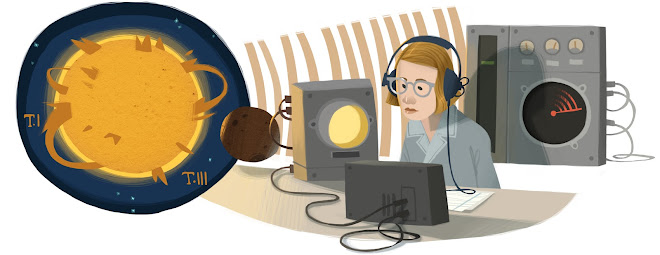
The University of Sydney in 2017, introduced the 'Payne-Scott Professorial Distinctions' to recognise distinguished professors for their contributions to the University across all areas of leadership, teaching and research.
Ruby Payne-Scott, Australia's contribution to physics would not be where it is today without your exceptional talents and pioneering efforts. Your success in the face of discrimination was nothing short of inspiring and your legacy has a great deal we can all draw from.
Rest in peace, Ruby Payne-Scott.
By Kirsten Jakubenko
Sources: